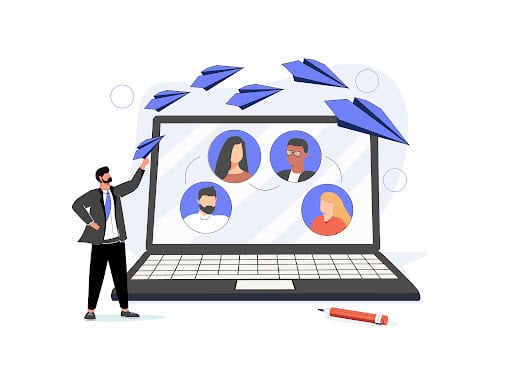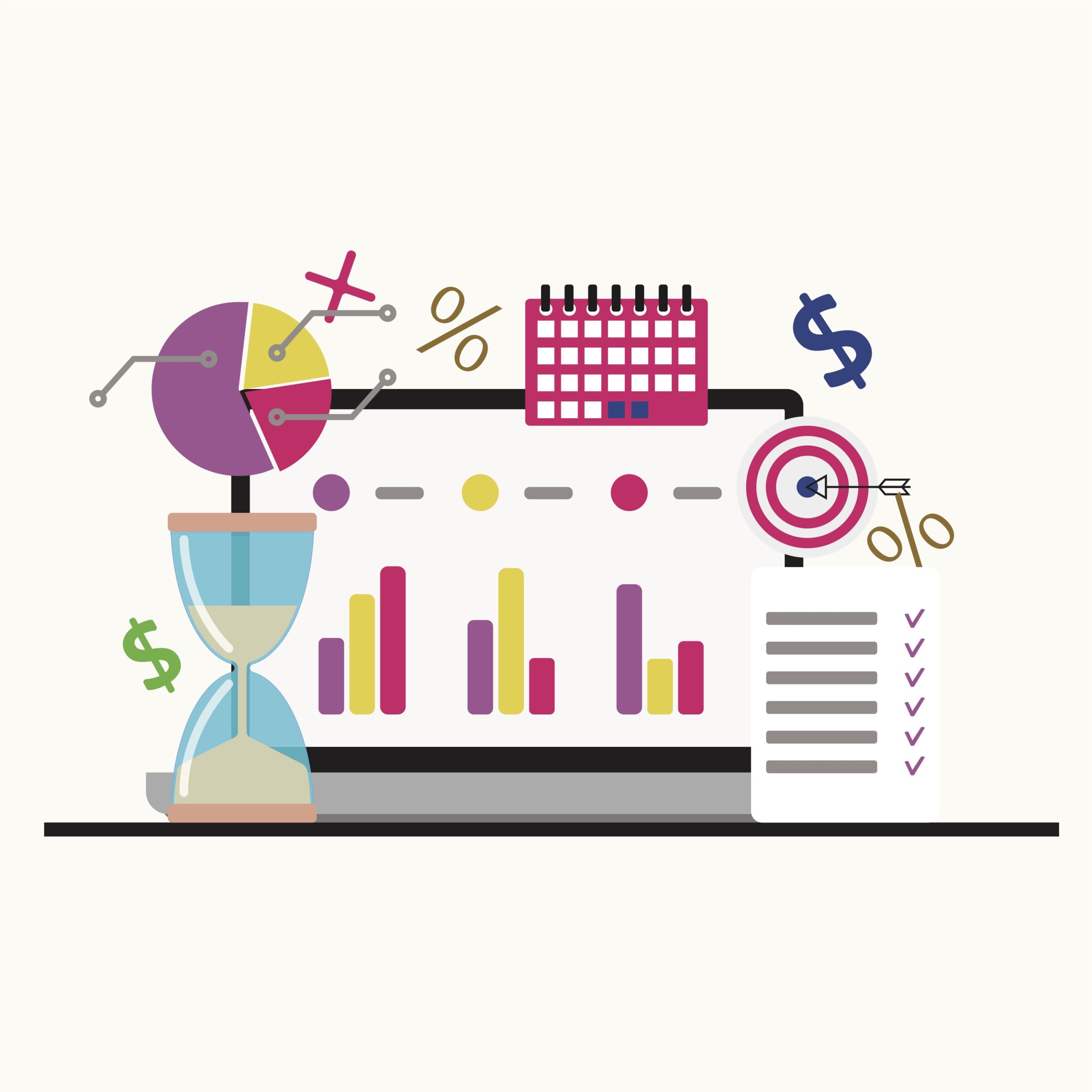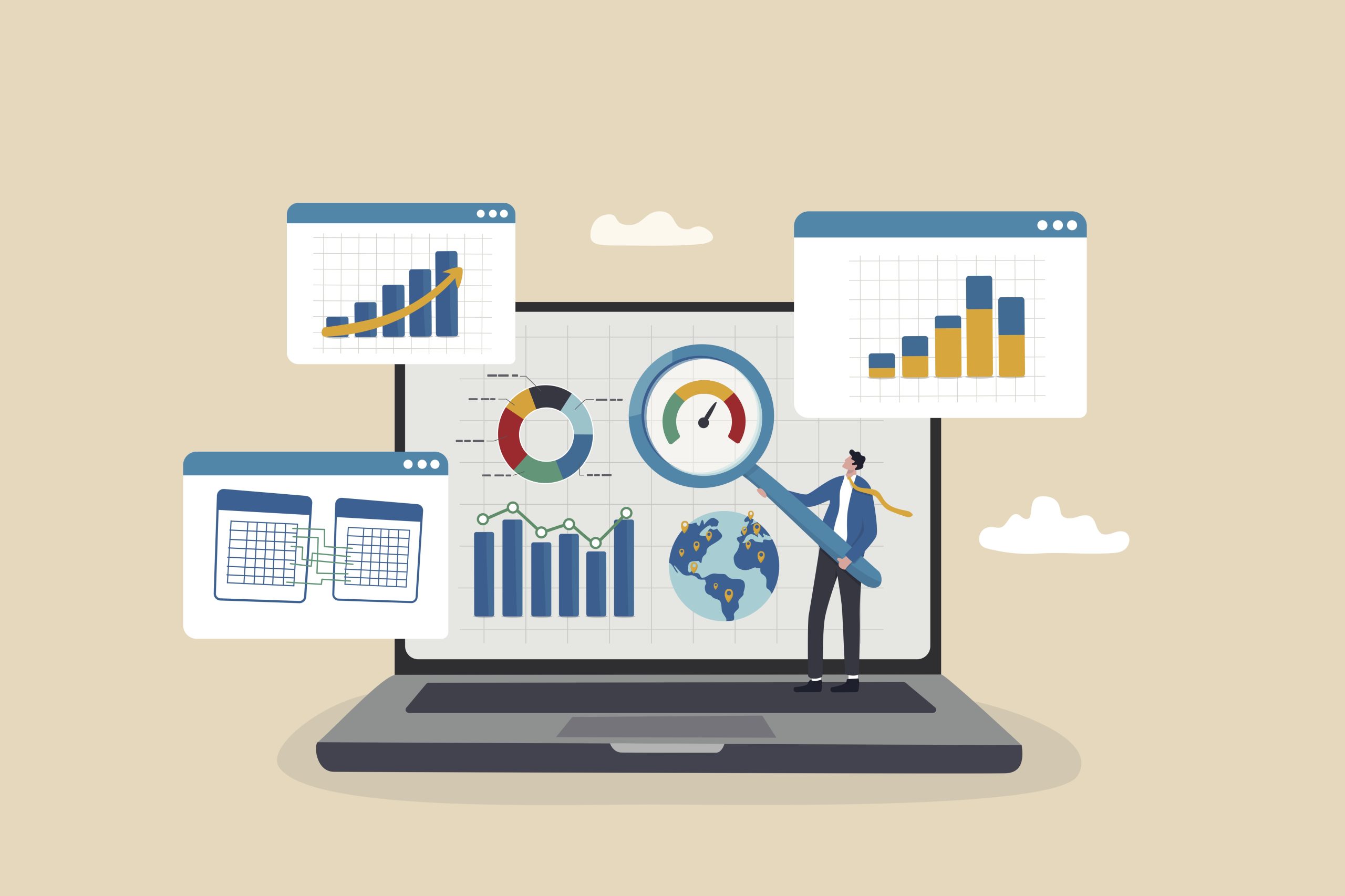 Have you ever sent an email that didn’t perform the way you hoped it would? Are you tired of having multiple emails with low open rates and overall engagement? It may be time to consider segmenting your email campaigns.
Have you ever sent an email that didn’t perform the way you hoped it would? Are you tired of having multiple emails with low open rates and overall engagement? It may be time to consider segmenting your email campaigns.
Whether you’re a multi-million dollar retailer, or a smaller eCommerce brand, segmentation is crucial to an effective email marketing strategy. Not only does it allow you to cater to your crowd with more personalized content, it increases the chance of moving subscribers down your sales funnel while avoiding sending subscribers unwanted or irrelevant emails, which in turn, decreases their likelihood of unsubscribing.
But what exactly is segmentation?
Segmentation is the process of splitting your contact list into respective categories based on specific criteria. You can separate your groups by demographics like region or industry, lifecycle stage, or behavior-specific segmentation – the possibilities are essentially endless!
Best Practices for Email Segmentation
Now that you know what segmentation can do for your marketing strategy, how do you start organizing your lists? We’ve broken down four proven ways to segment your audience and reap the benefits of personalization of your content:
Demographic Segmentation
One of the easiest ways to segment your audience is by key demographics such as age, gender, or location. By doing this, you’re able to send more precise content, which in turn sparks more interest from your audience. For example, if you’re an apparel brand and are beginning to roll out spring products, you may want to target warmer climates first, or if you’re launching a new men’s product, get the word out to them first. After all, nothing is more annoying than getting an email that has nothing to do with you.
Buyer-Stage Segmentation
Another proven tactic is segmenting by where the consumer is in your buyer journey. Somebody who has just been exposed to your product or brand and subscribed to your emails should not be nurtured the same way as someone who is a marketing qualified lead. A new subscriber should receive information about the brand such as its mission, values, and key differentiators, while someone that has purchased in the past may only be interested in new products and sales. This allows you to customize the email content to meet the user where they are in the sales funnel and serve them the information most likely to move them further along.
Behavior-Specific Segmentation
If you use an ESP that is capable of tracking behavior (hint: you should be… we recommend Klaviyo for eCommerce brands), then you should be able to develop a more in-depth nurturing strategy that revolves around how engaged a user is – i.e, have they opened or clicked an email in the last 30 days? What about the last 60 days? Have they ever added your product to their cart but failed to complete checkout? Have they browsed your site more than once in the last 30 days? By leveraging their buying history, you can provide personalized content to their inbox, making them 2.6x more likely to go through with the purchase. All of these behaviors are key to nailing your email timing while the user is most interested in you.
But why is this important?
Segmenting the shopping behaviors of your customer shows that your brand is really paying attention to them. Additionally, it helps you by increasing their chance of committing to a purchase; as a repeat customer is 60-70% more likely to make another purchase, making them a top priority for email marketing. You can create a segment based on their buying history looking at the last 30 or 60 days. With this new segment, you’re able to market to them by sending review emails of their recent product, or even better – a personalized email for products that supplement their latest order.
On the opposite end of the spectrum, it’s important to market to customers who have not recently purchased from you or bought anything at all. Even if their shopping behaviors or lifestyles have changed, there is a way to cater to these customers. But it’s our job to figure out how. If they’re customers who have been inactive for a while, try starting an email campaign targeting seasonal trending items to peak their interest.
If you have customers that have signed up for a previous campaign, yet never committed to the product, try a similar targeting tactic as if they were customers. After all, they were interested in the beginning, so let’s get them hooked.
Ready to Increase your ROI and Reputation?
When you put forth the effort to really know your customer’s lifestyle, buying trends, and demographics, you are more likely to have a successful conversion rate. Research has shown that personalized nurturing strategies can increase your ROI by 760%!
With highly personalized and dynamic content, you can reap the benefits of higher open rates, clicks, and conversions as your content will truly resonate with your target audience. Not to mention your email reputation will increase as unsubscribes and bounce rates begin to decline as you send custom content.
Interested in learning more about segmenting your audience? Read PCR’s other insights, The Best Segments for eCommerce Email Marketing!
{{cta(‘a’)}}
Sources:
- https://www.campaignmonitor.com/resources/glossary/segmentation/
- https://syncromsp.com/blog/audience-segmenting-email-marketing/?gclid=CjwKCAjwo8-SBhAlEiwAopc9W3hvSOurKnoev46w8lE1QSlaTo2bpFZs4j5Nk8ruacyxfsKdK1penxoCdxQQAvD_BwE
- https://uplandsoftware.com/postup/resources/blog/email-list-segmentation/#:~:text=List%20segmentation%20allows%20you%20to,can%20help%20you%20increase%20relevance.
- https://www.omnisend.com/blog/email-segmentation/





